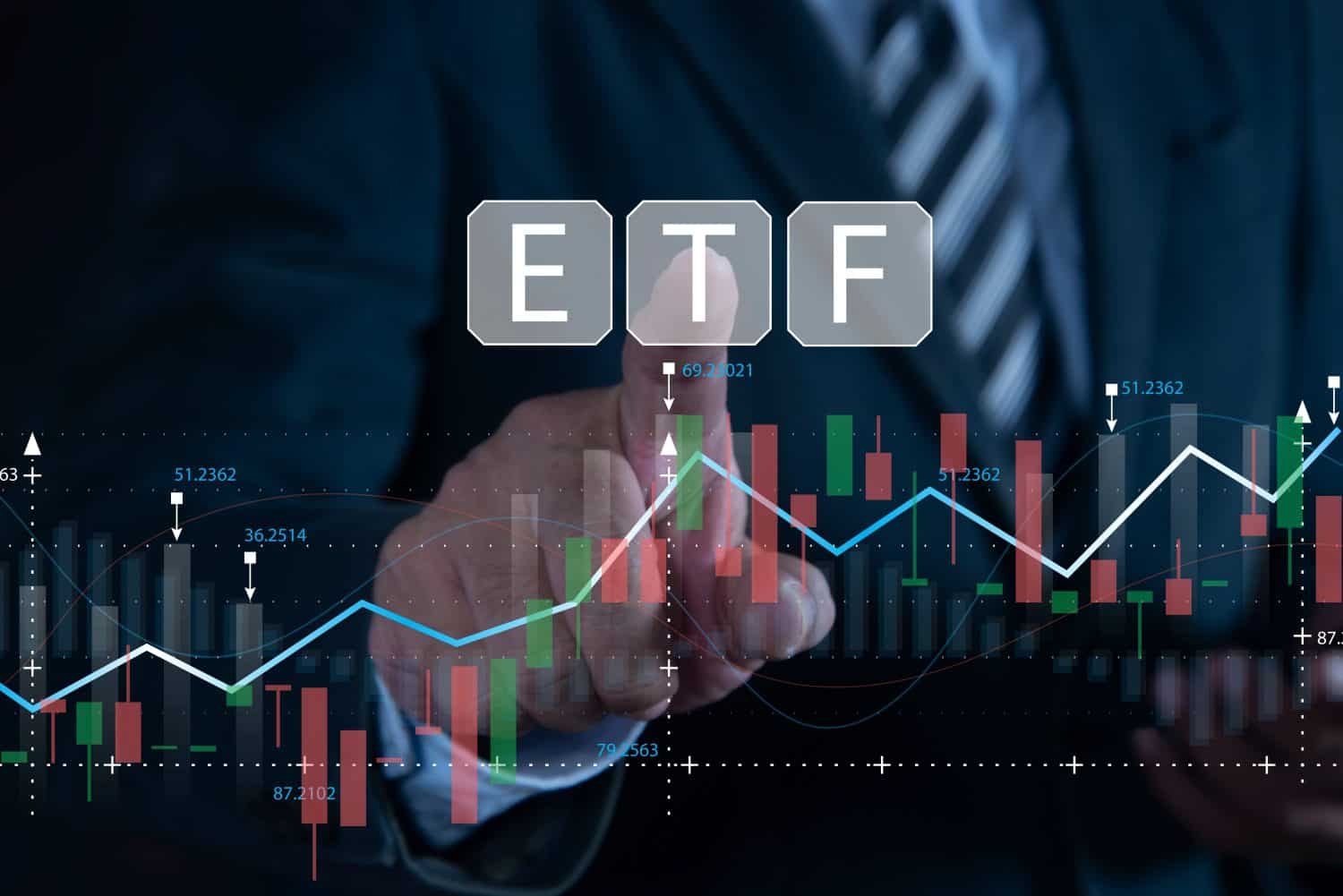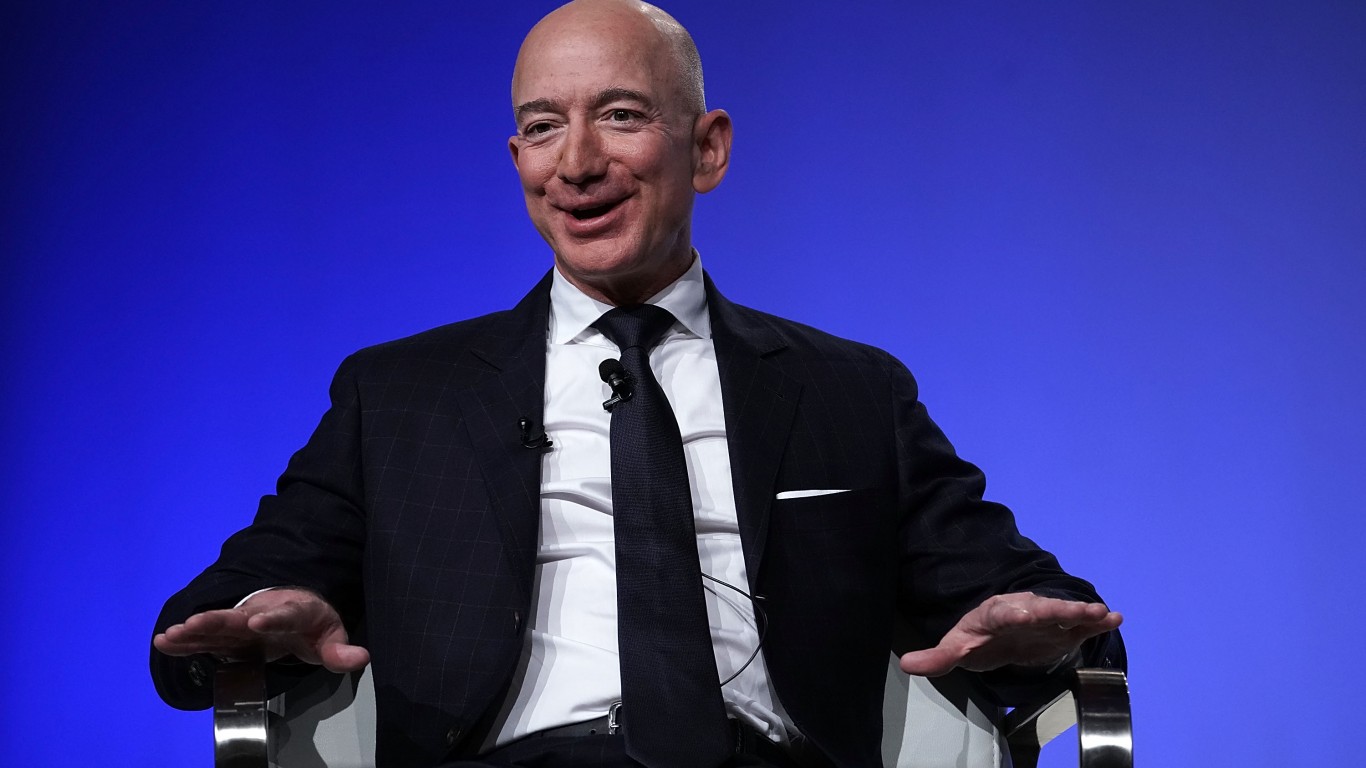
Amazon (NASDAQ:AMZN) stock is on fire heading into the second half of November. On Nov. 13, it hit an all-time high of $215.09, up 43% in 2024. I’m sure there are more gains on the way.
Between Amazon Haul, the company’s new competitor to Temu and its Trainium 2 AI chips, which are meant to reduce the company’s reliance on Nvidia (NASDAQ:NVDA), these are just two reasons investors are clamoring for Amazon stock right now.
While it’s hard to argue owning Amazon stock over the long haul if it’s one of many tech stocks held in a diversified portfolio, it might not be appropriate for risk-averse investors when held in isolation without other stocks to provide some defensive measures when the economy or markets get dicey.
AMZN stock has experienced at least 8-10 significant corrections over the past five years, with the biggest—a 54% decline in price over 13 months—between November 2021 and December 2022. Despite its size and profitability, more are likely in 2025 and beyond.
You can have your cake and eat it with these two ETFs.
Key Points About This Article:
- These two ETFs provide Amazon (AMZN) exposure while maintaining a diversified portfolio.
- Selling call options alongside equity ownership provides above-average risk-adjusted returns.
- Sit back and let dividends do the heavy lifting for a simple, steady path to serious wealth creation over time. Grab a free copy of “2 Legendary High-Yield Dividend Stocks” now.
JPMorgan Nasdaq Equity Premium Income ETF (JEPQ)

The JPMorgan Nasdaq Equity Premium Income ETF (NASDAQ:JEPQ) is the more tech-forward of the asset manager’s two actively managed ETF success stories, the other being the JPMorgan Equity Premium Income ETF (NYSEARCA:JEPI).
Together, they’ve accumulated $53 billion in net assets since their inception in May 2022 and May 2020, respectively. Both are actively managed and charge a reasonable 0.35% or $35 per $10,000 invested.
One possible solution to your Amazon dilemma is to take the amount you intended to invest in Amazon and invest half of it in JEPQ, which has AMZN stock in its top 10 holdings with a 4.4% weighting. The other half would be invested in the second ETF named below.
JEPQ is the more recent of the two JPM ETFs. As of Sept. 30, it had $16.8 billion in net assets. The top 10 holdings accounted for 44% of its net assets. Apple (NASDAQ:AAPL) is the top holding, at 7.7%.
The ETF’s managers seek to generate income by selling options and investing in U.S. large-cap growth stocks. It pays a monthly distribution that yields 9.35%, comprised of dividends and options premium income.
Ultimately, it wants to deliver a similar return to the Nasdaq 100 Index with less volatility.
The other possibility is to buy some JEPI, the older of the two JPM ETFs. It seeks to achieve the same things as JEPQ, only it looks to deliver a similar return to the S&P 500 with less volatility. Morningstar rates it five stars.
Amazon is the seventh-largest holding in the ETF’s top 10, accounting for 1.5% of its $36.0 billion in net assets. It yields 7.06%, about 6x the index’s current yield.
Vanguard Consumer Discretionary ETF (VCR)

To boost your Amazon holdings while maintaining a diversified portfolio, you would invest the second half of the amount you intended to invest directly in AMZN stock in the Vanguard Consumer Discretionary ETF (NYSEARCA:VCR).
As its name suggests, VCR looks to invest in consumer discretionary stocks, tracking the performance of the MSCI US IMI ConsDiscretionary25/50 Index. The index is 302 large, mid, and small-cap U.S. consumer discretionary stocks.
The 25/50 represents caps on the ETF and index. The 25 means it can invest no more than 25% of the net assets in one stock, and the sum of the weights of stocks with 5% or more should not exceed 50% of the ETF’s net assets. That’s in place to protect diversification.
The top three sub-sectors by weight are Broadline Retail (24.60%), automobile manufacturers (14.90%), and restaurants (11.0%). The median market cap of the holdings is $142 billion, with approximately 65% of the holdings being large-cap stocks. The top 10 holdings account for 58% of the net assets, with Amazon the top holding at 21.67%. Based on Amazon’s share price, three shares of VCR would be equivalent to one share of AMZN.
VCR charges just 0.10%.
Thank you for reading! Have some feedback for us?
Contact the 24/7 Wall St. editorial team.





